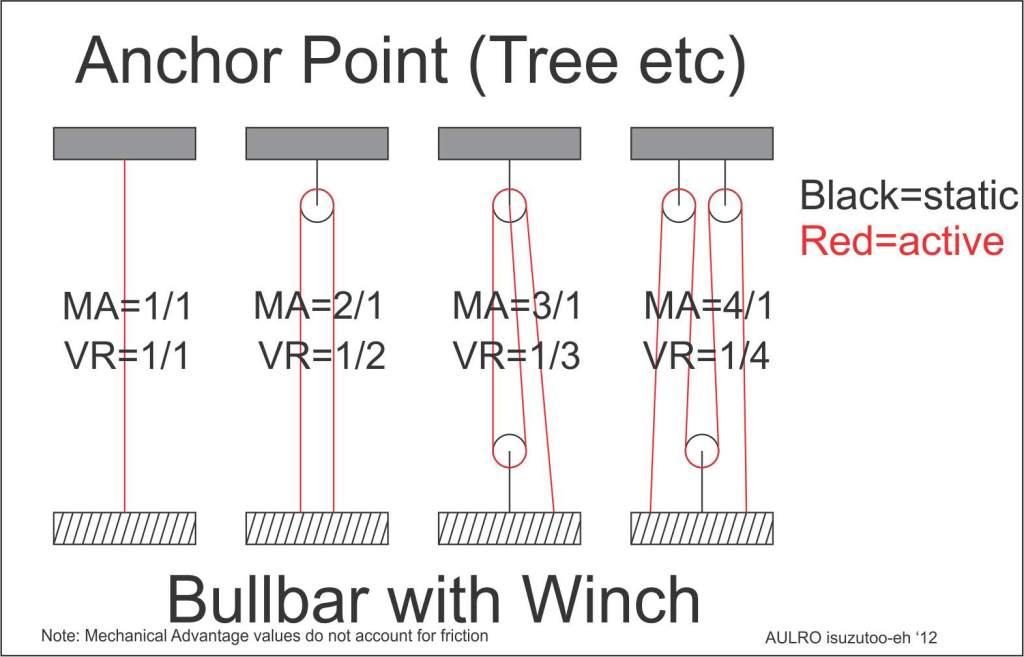
Originally Posted by
Chops
I just fitted a TJM 9500 to my car last week, I'm not sure how much it weighs, but I reckon it's light enough to build a cradle for it and have it very portable,, you could make it so it fits either end of the car, or attatched it to a tree for use as well,
Chops
Yeah there's cradles you can buy, but I thought fixed winches were more in the 45-50 kg? I'll check out the TJM, thanks
Now 2016 D4 HSE 'Leo' and Steve the Triumph Speed Twin
Then 2010 D4 3.0 HSE 'James'
Then 2010 RRS TDV8 'Roger' w traxide DBS, UHF, Cooper Zeons, Superchips remap
Then 2010 D4 TDV6 'Jumbo' w traxide DBS
First love 2002 D2 TD5 'Disco Stu'



 Reply With Quote
Reply With Quote







Bookmarks